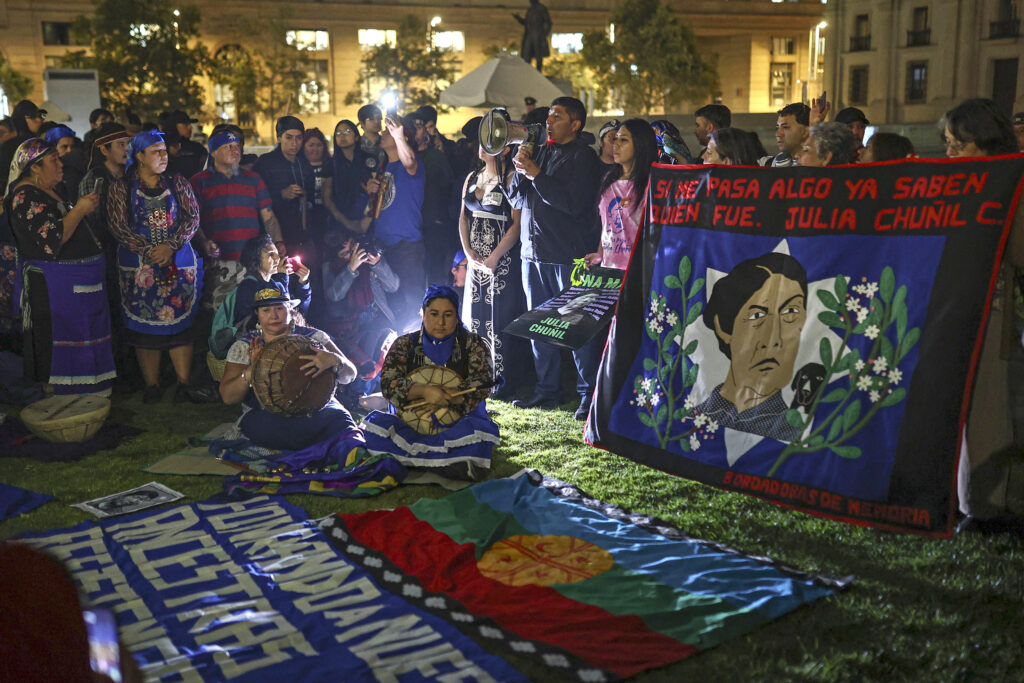When thinking about the construction sector and emissions, the first thing that may spring to mind is the CO2 created when heating, cooling and lighting the structure. However, is this the only and most important aspect to explore? Does it give the full picture of a building’s carbon footprint? Indoor air quality expert Volution offers a more expansive appreciation of the topic.
Historically, building regulators have looked to “operational carbon” in buildings as an indication of sustainability. This metric solely focuses on the use of carbon over the lifetime of a building and has been the measurement of choice since the Kyoto Protocol in 1997. That is almost 30 years ago and in this time much has changed, including the UK Government’s commitment to reach Net Zero by 2050.
Although operational carbon has been the standard measurement for many years, the newest version of the Building Regulations that has recently passed through the Decent Homes Standard might well be the last version that uses operational carbon as its main metric. As we decarbonise the grid, and as our buildings become more energy efficient, we will reach the stage where operational carbon will no longer be the focus. In its place will be embodied carbon.
Embodied carbon refers to all the CO2 emitted; not just from the time of construction and onwards, but the entire lifetime. Typically, this is associated with any processes before construction, such as products used in the building and the CO2 emitted to create the materials. Any carbon associated with maintaining repairing, refurbishing and demolishing the building also fits under this criterion.
Embodied carbon is seen as the future of reporting on emissions in the construction sector. The Environmental Audit Committee, which scrutinises the UK Government’s performance on environmental protection and sustainable development, has emphasised the importance of this and urges the Government to develop carbon targets for buildings that align with the UK’s Net Zero goals. This is in hopes of helping builders and developers determine which low-carbon materials they should use.
Currently, construction contributes to about 25% of the UK’s carbon emissions – which is both a combination of operational and embodied carbon. It’s essential we target both metrics but to do so we must correctly calculate and isolate the quantity of embodied carbon.
Doing so is not straightforward. There aren’t many standard practises and there are no targets in place for embodied carbon although there are international requirements. For example, the International Green Construction Code has proposed specific guidance on embodied carbon amendments, including a requirement for a specific percentage of products to have Environmental Product Declarations (EPD) and a separate percentage of products to meet specific Global Warming Potential (GWP) limits at 125% lower than the products’ Industry-Wide-EPD.
Due to this lack of standardisation in legislation, we run into a handful of issues when trying to measure and mitigate embodied carbon. Measuring embodied carbon within a supply chain can be very difficult. To produce accurate embodied carbon numbers, an EPD, which captures and quantifies all the environmental information regarding the life cycle of a given product, is required.
This is easier said than done. Try approaching a manufacturer to ask for the EPD of its polymer – likely they won’t have one. This is a common experience as EPDs are not compulsorily in the UK, which is a stark difference compared to many European companies, with some introducing EDPs as early as 1992.
The alternative way to estimate embodied carbon is the DIY method. The issue however is it takes a huge amount of work to get to an accurate number from a manufacturer. And, understandably, many manufacturers do not want to share that type of information as the assumption is it could be used as intel to push back on pricing during procurement discussions.
The Department for Environment, Food & Rural Affairs (DEFRA) has helpfully developed guidance that provides a carbon intensity estimate when reporting on different materials. The guidance is especially helpful for determining the varying levels of embodied carbon for different types of materials.
Each material, and the difference in emissions from recycled to virgin vary. Recycled materials are much lower in carbon intensity than virgin materials, with the potential to reduce CO2 emissions by 40%-70% percent.
Consider steel, which to make from scratch requires a blast furnace to produce liquid iron. This process consumes about 60% of the overall energy demand for steelworks therefore removing the process via recycling eliminates these emissions immediately.
With virgin plastic, a huge amount of emissions comes from the disposal of the plastic. The incineration of plastic packaging, which is the primary means of disposal for many European countries, generates three grams of CO2 for every gram of plastic.
For steel, plastic and other materials, there is a clear benefit in using recycled materials but for there to be action, we need more awareness and understanding of why the processes and emissions vary from product to product. Embodied carbon brings these different variables to the forefront.
The benefits of embodied carbon reporting are clearly pertinent but for now, the priority needs to be on reporting. Companies need to start reporting and from there they can assess where to target their efforts to reduce the embodied carbon in their operations. Moreover, the UK Government must create legislation and regulation must be standardised, with an emphasis on greater transparency in modelling and reporting processes.
As presented, it is clear that embodied carbon in construction is a complex issue that can be tracked by third-party methods and statistics and greatly reduced by the recycling of materials. To reach the UK’s Net Zero target by 2050, embodied carbon needs to take more of a spotlight from a legislative perspective. It may be difficult and time consuming, but the ROI is undeniable.
















